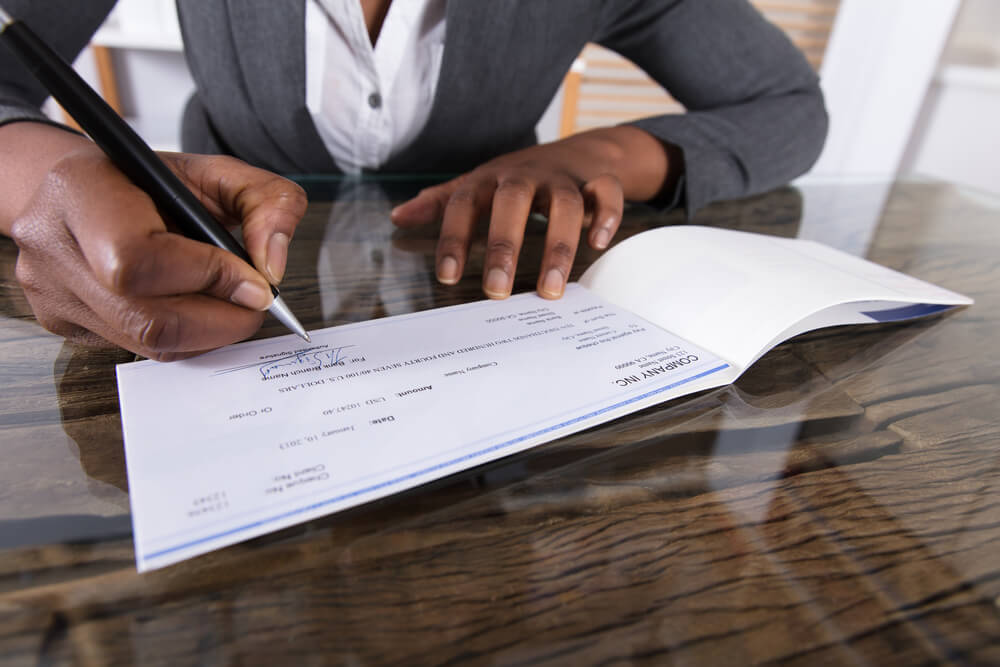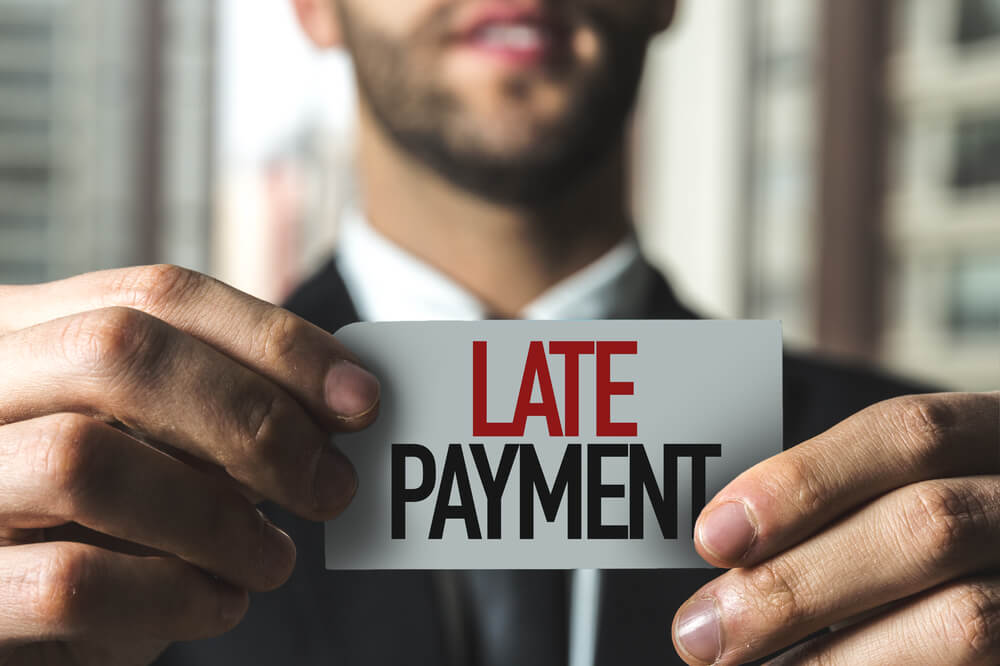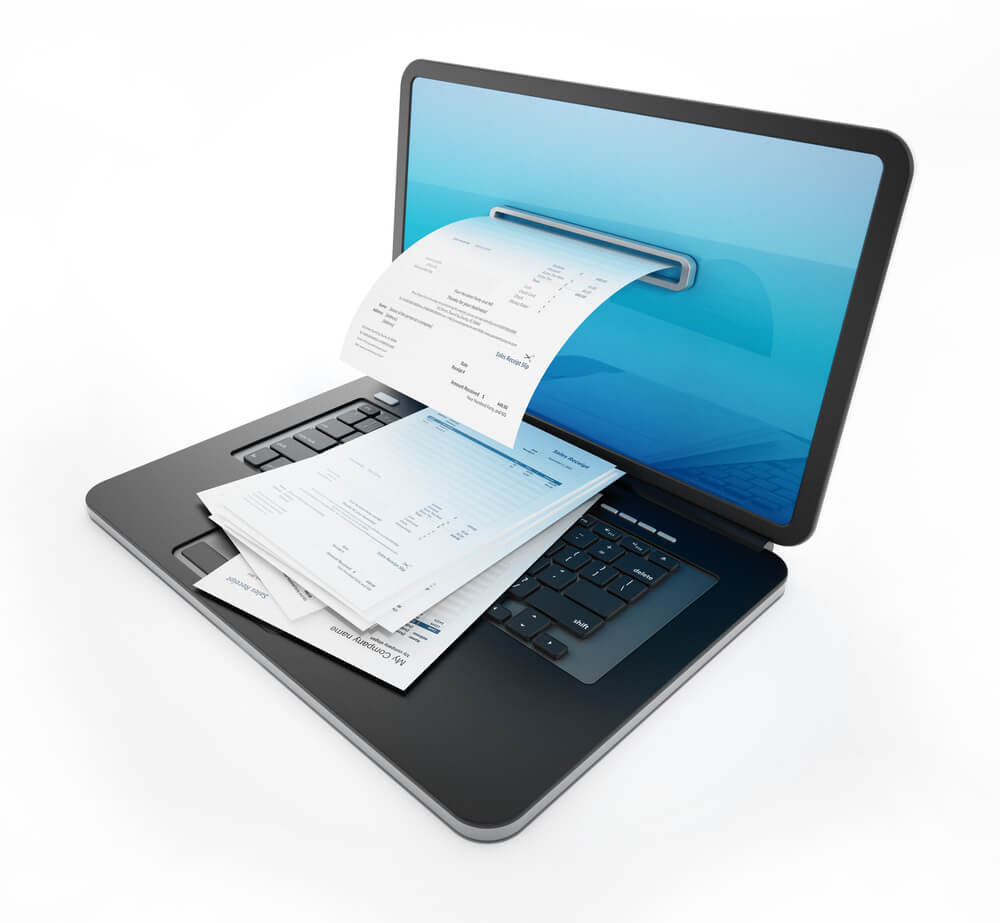We’ve come a long way from barter trade to electronic cash transfers. Today, there are countless ways to pay bills and purchase items, yet the biggest controversy among businesses is whether to use regular checks or e-checks.
To run your business efficiently, you need a seamless payment method. To help you decide on the best one, we’re going to put two of the most popular payment methods against each other and let you decide which comes first.
What Are Paper Checks?
Checks are probably the most widely used form of non-cash payment in the United States today. A paper check is basically a piece of paper containing the account holder’s information, including name, residential address, and often phone and license numbers.
Checks are also printed with the bank’s name and address. Across the bottom is a series of phone numbers that include the routing number, whose purpose is to send the check to the correct bank and an account number to ensure the money gets to the proper account.
Filing these types of checks is done by hand or machine. The file shows the date of issue, name of the recipient, the exact amount of the check (both numerically and in words), and the account holder’s signature. There is also an optional line where the sender can indicate the purpose of the payment.

What Is E-Check?
You can generate electronic checks in several ways. The most common way to create e-checks is by scanning a check. Businesses that allow payment through e-checks have a check reader at the counter. They run your check through the reader and transmit your account information and deductible amount to your bank electronically.
After your bank receives the e-check, the funds are either removed from your account or flagged for removal immediately. You get the paper check back before you leave the counter.
Another way of generating e-checks is through electronic means. A business may deduct the total purchase amount using your bank account information. However, you have to give permission beforehand via phone, fax, or internet.
With a clear understanding of what is e-check, let us look at the benefits of both a paper check and an ach echeck.
The Benefits of Using a Paper Check
Privacy and Control
Checks on paper can give your employees more privacy over their payment method. Some employees might not feel comfortable sharing their banking information with you. Checks allow them to keep this information private, thus allowing them to have full control over who sees their banking information.
Saving Money
Opening an account in the US can cost you anywhere between $25 and $100. Checks allow your employees to cash their checks directly for cash, thus eliminating the need for them to pay account-opening charges.
They Are a Familiar Form of Payment
Although younger individuals might be more accustomed to modern electronic payment methods, older individuals know checks still work. Plus, you don’t need to learn anything new to use a paper check. You don’t even have to be computer literate.
Perception
Many people are skeptical about using the internet to make payments. This is mainly due to the rising number of hacking cases. Criminals hack into electronic systems and steal sensitive information like social security numbers and bank account information.
Checks are fully independent of the internet. That means that they are not susceptible to hacking, making them much safer than e-checks.
Limitations of Using Checks
Security Concerns
In the past, only banks had access to your account information. But now, those days are gone. Now, any employee or merchant who handles your checks has access to your account number, name, and other personal information, making it easier for them to perpetrate fraud.
Also, checks are now processed as electronic debits. This gives merchants access to your personal account. Some merchants may take advantage of this situation and make unauthorized deductions.
Time Wasted
Checks take a lot of time to write, process, and clear. If you make payments using a paper check, you have to wait up to three business days for the check amount to reflect in your account balance. This significantly increases the likelihood of committing accounting errors or overdrawing your account.
Lack of Control and Visibility
You can’t know the exact time and date you will receive a mailed paper check in your office. If that’s not enough, you can’t be sure whether you’ll receive the check in the right department or not.
Late Payments
Using a paper check increases the risk of late payments significantly. It takes a lot of time to go through all the steps of paying with a paper check manually. Additionally, paper-based AP processes slow the process even further. Not to mention the amount of time you’ll sit there waiting to mail the check.

Benefits of Using E-checks
Saves Time
It takes a lot of manual steps to send a paper check. On the other hand, an ach echeck is pretty straightforward to use. Once you key in the account details into the accounting software, you can send checks without any need for manual processing. This type of efficiency is challenging to achieve with paper checks.
Pay From Anywhere
You can create an echeck and send it with a few keystrokes on your computer, tablet, or smartphone from anywhere in the world.
Better Safety and Security
Are echecks safe? Check fraud occurs at an alarming rate. It doesn’t take a high level of sophistication for someone to steal a paper check from an unattended mailbox and cash it. In fact, According to the ABA (American Banking Association), check fraud accounted for almost 1.3 billion dollars in losses in 2018 alone.
Sending e-check notifications, however, is direct. Recipients receive it in their email. Recipients then retrieve it through a secure link. This eliminates the possibility for an interception.
E-checks Are Compatible With All Accounting Software
E-checks are compatible with most accounting software. Transactions from your accounting software are seamlessly integrated into the e-check system without any need for double entry. Moreover, you can make transactions with your current accounting software without having to upgrade or expand it.
Limitations of Using E-checks
Prone to Errors and Reduced Float
Although computers facilitate the use of echecks, a glitch in processing might lead to an incorrect withdrawal amount or a double withdrawal from your account. E-checks can also reduce the amount of ‘float’ in your account. For example, if you write an e-check to cover a business expense with the hope that the bank will cash it in a week, and the recipient cashes it sooner, you can find your account overdrawn.
Susceptible to Fraud
Computers are prone to hacking, so hackers can potentially gain access to your banking information. Some fraudulent businesses also take advantage of this payment method to get you to give them your banking details. For this reason, you should only provide your banking information to businesses you know and trust.
The echeck vs. paper check debate has been going on for quite some time now. We cannot provide a clear stand on which is better among the two as that would ultimately depend on personal preference.
With that said, if you run a large business and write hundreds or even thousands of checks at a time, e-checks are the best way to go since they’ll save you time and effort. But then again, based on what we’ve seen hackers do, you must ask yourself whether or not echecks are safe. For the most part, they are. Still, you must always remember to protect your account information.
What did you like about this piece? Do you wish to sign up, share, or comment? Kindly reach us at Checkissuing.com to learn more about our services.






